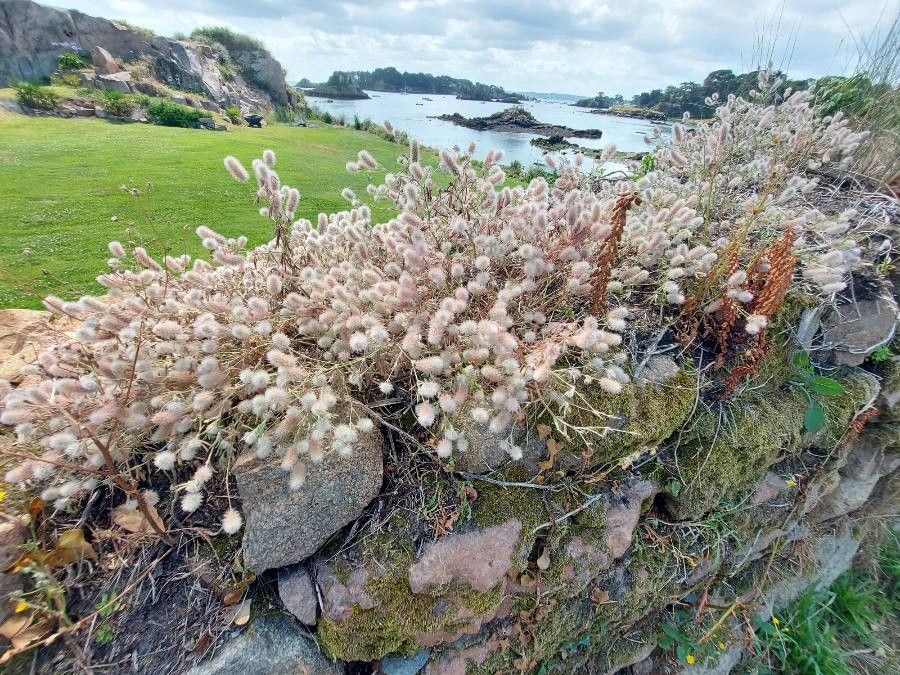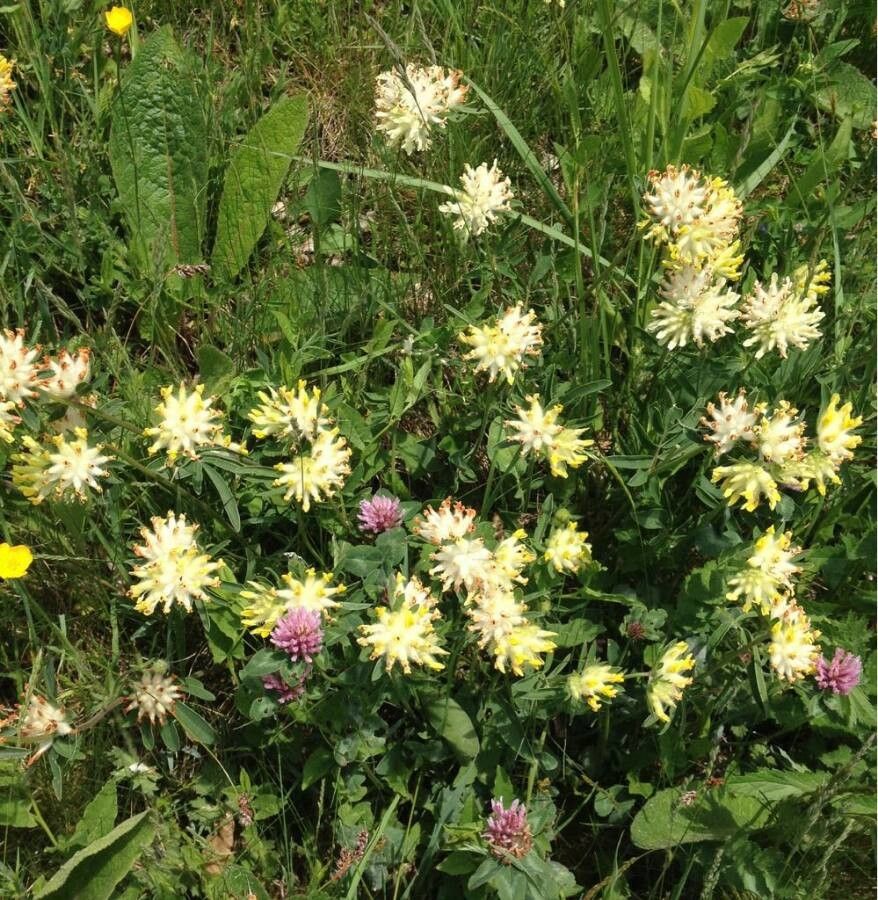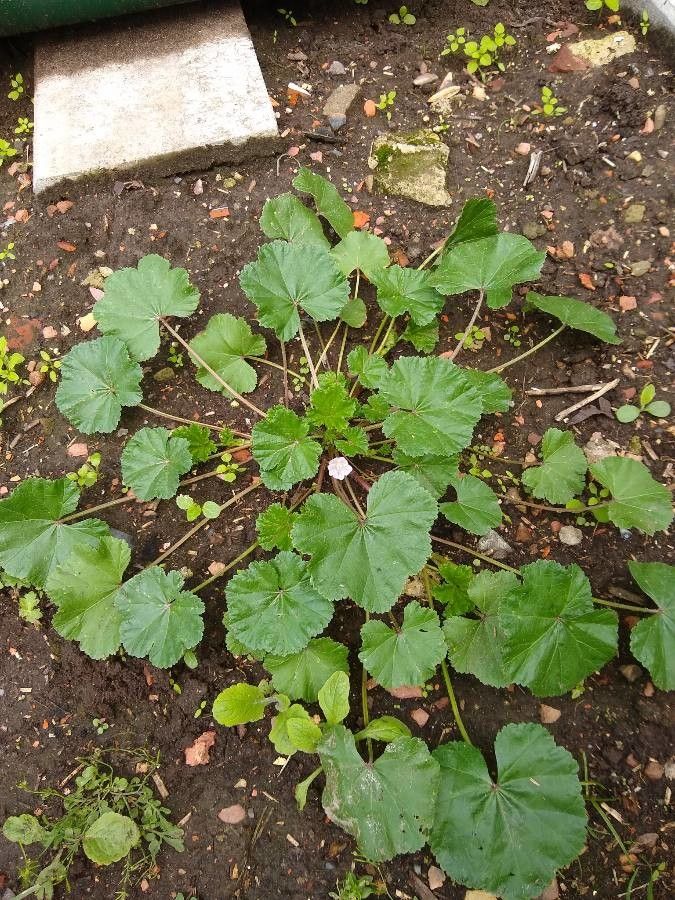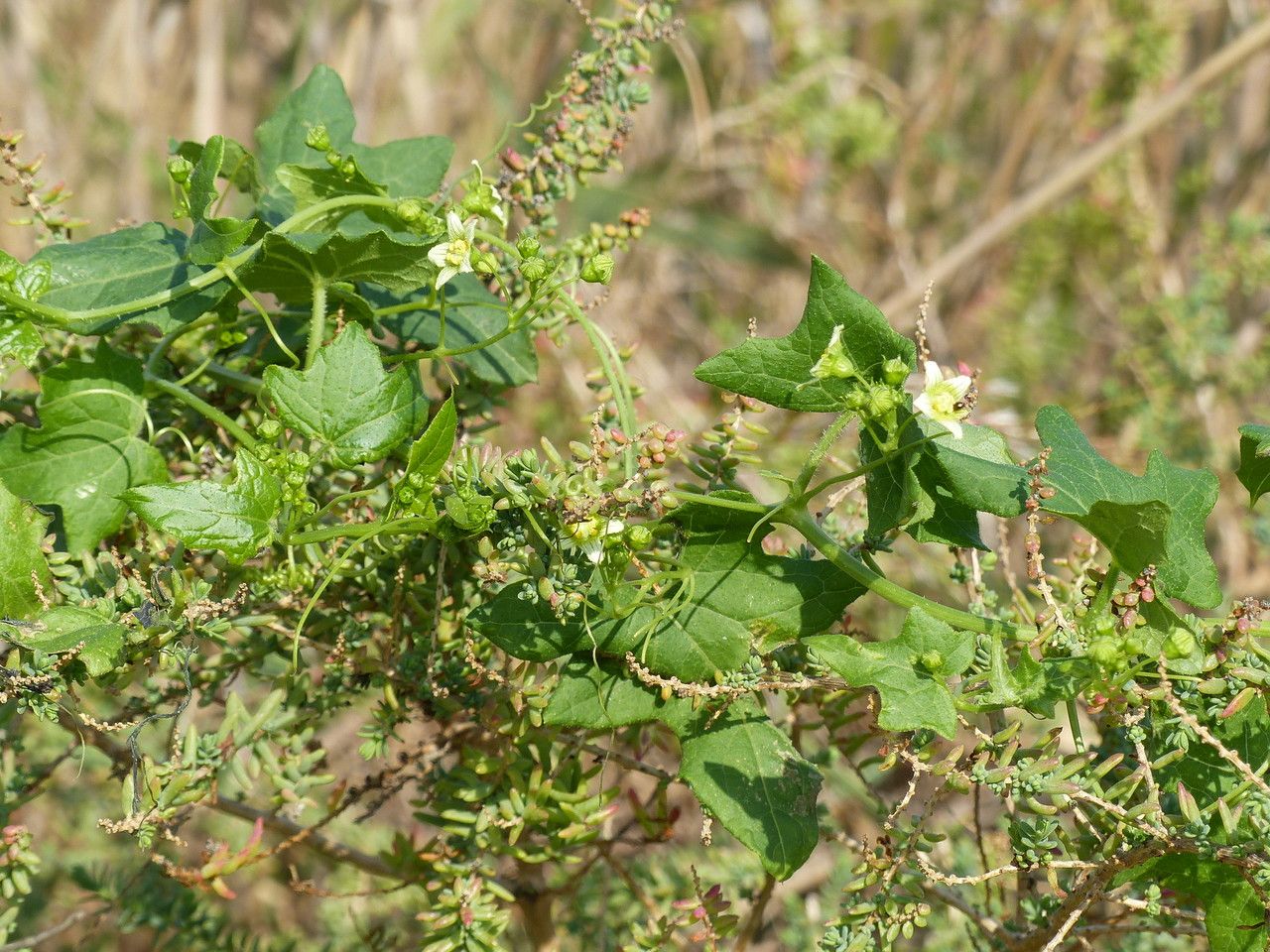## Stone Clover: A Comprehensive Guide
Stone clover, a member of the Fabaceae (legume) family, is a fascinating and often overlooked plant with a unique charm. While its common name might suggest a rugged, unyielding nature, stone clover displays remarkable adaptability and beauty. This guide will delve into its characteristics, cultivation, and the role it plays in various ecosystems.
### Botanical Classification and Identification
Scientifically, stone clover’s classification remains somewhat ambiguous, as the common name can sometimes refer to several similar-looking plants. Precise identification often requires expert botanical analysis, focusing on specific flower structure, leaf arrangement and seed pod characteristics. However, generally speaking, plants known by this common name share key traits, belonging to the Fabaceae family. This family is characterized by its unique flower structure, fruit (a legume or pod), and nitrogen-fixing capabilities.
### Habitat and Growth
Stone clover thrives in a variety of environments, demonstrating its resilience. It's often found in rocky, well-drained soils, hence the name. It tolerates full sun to partial shade, showcasing its adaptability. These plants typically spread via stolons, creating low-lying ground cover. They are frequently encountered in meadows, pastures, and along roadsides, demonstrating their ability to colonize different landscapes.
### Sun Exposure and Soil Needs
Stone clover's adaptability extends to sun exposure and soil preferences. While it tolerates full sun, it also does well in areas receiving partial shade, especially in hotter climates. The soil should be well-drained; heavy clay soils can hinder its growth. It prefers slightly alkaline to neutral pH levels. The soil type itself is less critical than adequate drainage; rocky, gravelly, or sandy soils are often ideal.
### Cultivation and Care
Cultivating stone clover is relatively straightforward. Propagation can be achieved through seed sowing, which is best performed in spring or autumn. Direct sowing is generally successful. Prepare the soil by removing weeds and ensuring good drainage. Watering should be consistent, especially during establishment, but avoid overwatering, as this can lead to root rot. Once established, stone clover requires minimal maintenance.
### Ecological Importance
As a legume, stone clover plays a vital role in soil health. Its roots contain nitrogen-fixing bacteria, enriching the soil with nitrogen, which is crucial for plant growth. This makes it a valuable plant for supporting other vegetation in its vicinity. It can be used as a cover crop to improve soil quality before planting other crops.
### Potential Uses and Applications
Beyond its ecological benefits, stone clover also has some potential applications. It could serve as an attractive ground cover in gardens, providing a low-maintenance, visually appealing alternative to traditional lawn grasses. Although not typically a primary forage crop, it can provide some grazing value for livestock.
### Conclusion
Stone clover, while perhaps less celebrated than other plants, offers a unique blend of resilience, adaptability, and ecological significance. Its capacity to thrive in challenging environments and contribute to soil health makes it a valuable asset for gardeners, landscapers, and ecologists alike. Further research and a more precise botanical classification could unlock additional uses and applications for this fascinating plant.
Stone Clover: A Complete Guide

Frequently Asked Questions
How do I grow stone clover?
Stone clover is best grown from seed, sown directly into well-drained soil in spring or autumn. Ensure good drainage and consistent watering, particularly during establishment.
What are the soil requirements for stone clover?
Stone clover thrives in well-drained soils, preferring slightly alkaline to neutral pH levels. Sandy, gravelly, or rocky soils are often ideal. Avoid heavy clay soils.


